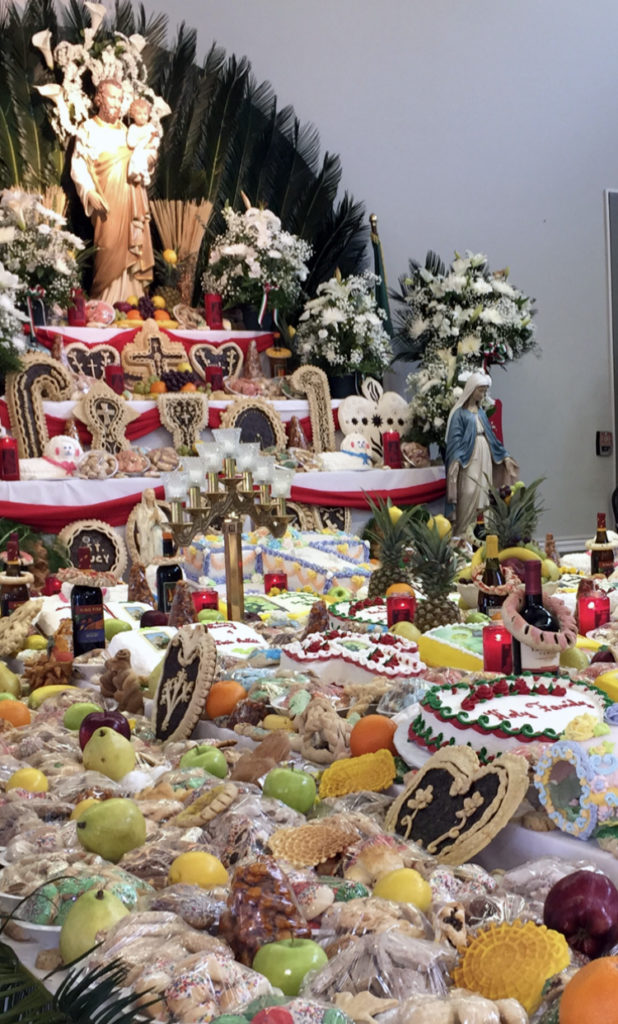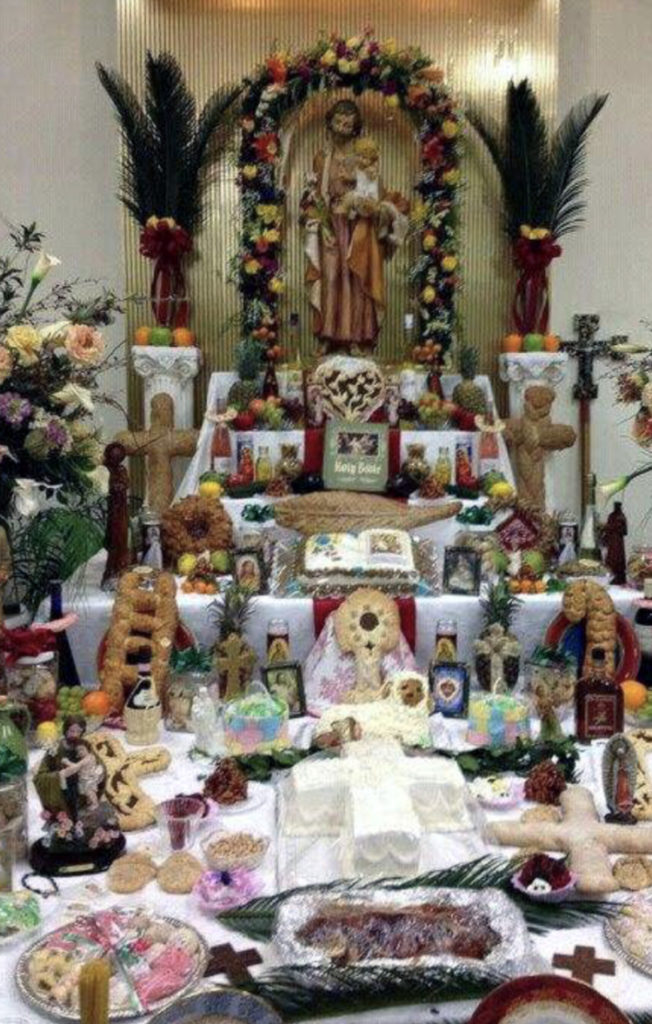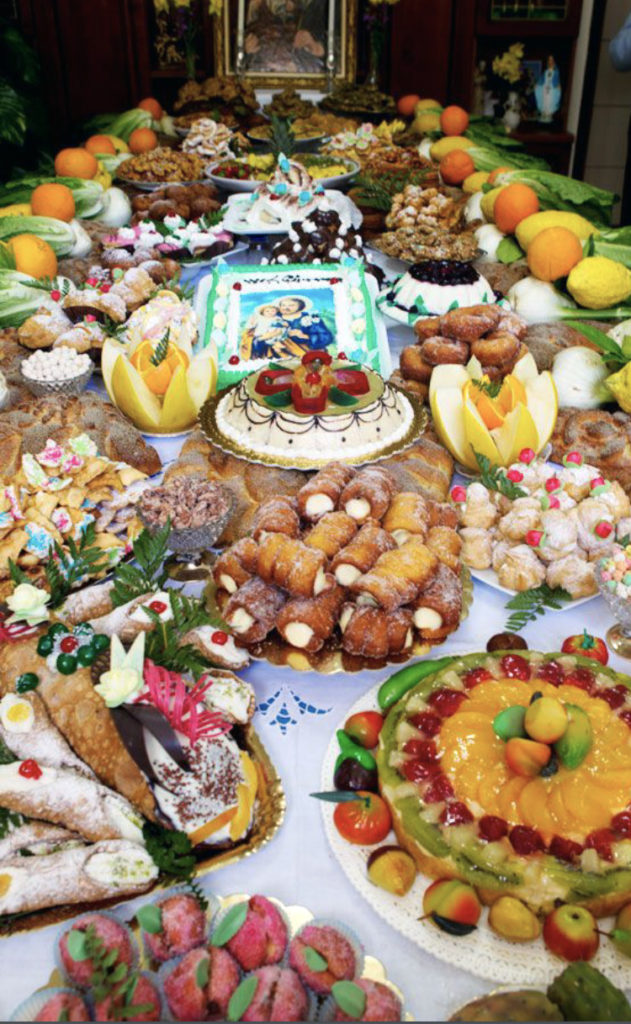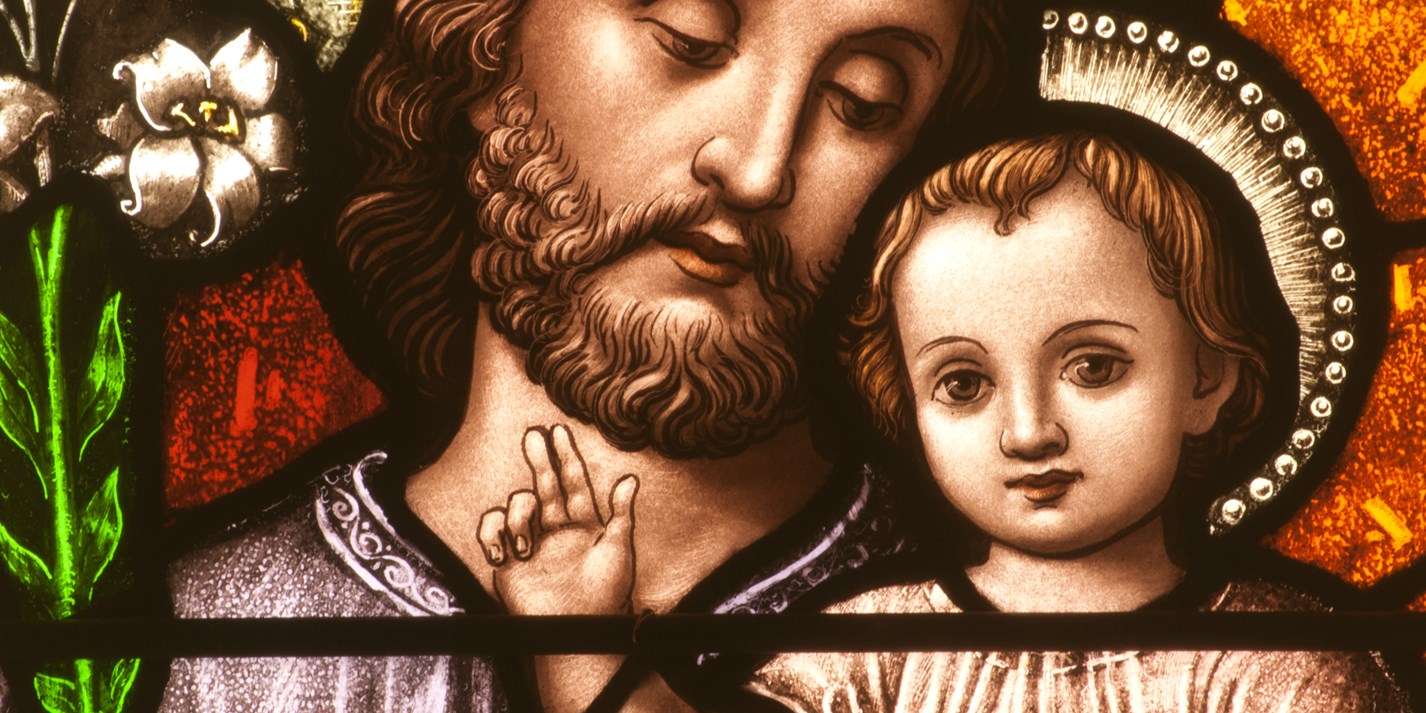On March 19, the Feast of St. Joseph is celebrated by Catholics world-wide. In Italy, especially by Sicilians, it is a day of deep devotion and homage to the saint, but it is also a feast rich in traditions and joyful moments.
It has been 150 years since Blessed Pope Pius IX declared St. Joseph as Patron of the Catholic Church in 1870, so that all could better appreciate this humble carpenter and his central role in the history of salvation. The Vatican has declared 2021 as the Year of Saint Joseph. It also issued highlights of the virtues of St. Joseph in a 14-page document listing seven qualities of the saint that distinguish his fatherhood. The pages of the letter reference Scripture and Vatican documents and present a more complete picture of the Church’s understanding of St. Joseph in the life of Jesus and his role today in the life of the Church.
The celebration of the St. Joseph Table involves charity to others, which is how the Tavola di San Giuseppe began. The tradition first came about during the Middle Ages in Sicily, when a severe drought plagued the island, resulting in widespread famine. The Sicilian farmers and fishermen prayed to San Giuseppe, who answered their prayers and ended the drought with a lush rainfall. Fertile crops flourished throughout the island and the people rejoiced with a lavish feast in the saint’s honor. To show their gratitude, they prepared a table with a special assortment of foods they harvested, which later became known as La Tavola di San Giuseppe.

The first St. Joseph Table set up on the Island of Sicily was a small one, with many of the dishes containing fish and fava beans, a primary Sicilian crop. Today, St. Joseph’s Tables include these traditional dishes, as well as a few additions. Pastries were later added to the table as gifts to the Holy Family. Wealthier villagers created a great feast of food for all to enjoy, especially the poor. Since the feast day always occurs during Lent, all of the dishes were meatless. In the finest Italian heritage, the devotion to St. Joseph continues in the form of food and celebrations. In some villages, the townspeople also hold a great pageant and procession.
A traditional Tavola di San Giuseppe is filled with food brought by parishioners. Everyone in attendance should sample at least one dish that has bread, since it is a symbol of health and at least one dish that has fava beans, the symbol of luck. The fava bean has forever been strongly tied to the Feast Day. Originally, it had a rather poor reputation among foods and was commonly used as animal feed, leading to such nicknames as horse beans and pigeon beans. The fava bean is quite hardy and as other crops failed, it was the fava bean that sustained many Sicilians. Farmers in Sicily had their wives prepare the beans for the table and this ingenuity helped to save many from starvation. Since then the beans have been considered to be lucky and it is also a symbol of fertility, since it grows well even in poor, rocky soil. Italian farmers would carry a bean from a good crop to ensure the same the following year. When dried, roasted and blessed, it becomes the very popular “lucky bean.” Legend has it that you will never be penniless as long as you carry one. Some people believe that if you keep one in the pantry, there will always be food in the kitchen.

On the St. Joseph’s Altar, it is customary to place candles, flowers and wine, along with lemons, limes, fava beans, cakes, breads, cookies and St. Joseph’s pastry. No meat is allowed on the celebration table, so seafood dishes are served with shrimp, calamari and sardines being predominant. The altar usually has three tiers to represent the Holy Trinity.
A Tasteless Joke
Just before the feasting begins, there will be a cry of “Viva la tavola di San Giuse!” an expression repeated throughout the day. Food is consumed with devotional prayer, while girls adorned with flowers in their hair recite poems in honor of Saint Joseph. The entire village may get together to set up wooden tables or altars filled with the food that has been donated by each of the households.

When the feasting has concluded, the St. Joseph’s Altar is taken down. Three children dressed as the Holy Family will then knock on three doors, asking for shelter. They will be refused at the first two and welcomed at the third, in memory of the Holy Family’s seeking of hospitality just before Christ was born. This re-enactment is called Tupa Tupa, meaning “Knock Knock.”
At the end of the day everyone will bring home a bag filled with bread or pastries, a medal of St. Joseph and a blessed fava bean. Lemons, like fava beans, are reputed to bring good luck. One of the most curious customs is for a woman who is seeking a husband to inconspicuously take a lemon from the altar. It is believed that the lemons will help them to find a husband!






